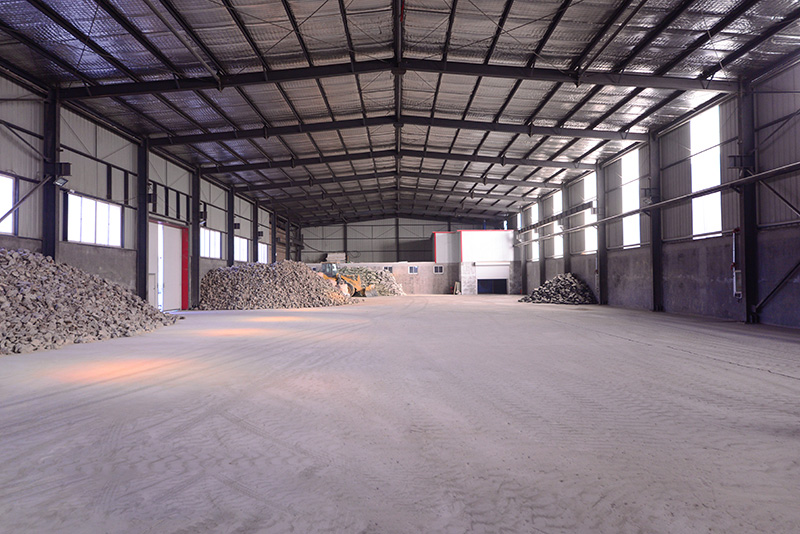How are refractories transported and preserved?
Posted time:2021-12-23 Page view:29291Transportation of refractory materials and refractory products
1.1 All refractory materials and refractory products must have a factory certificate that meets the design technical conditions. One month before the furnace construction, the factory test report of all refractory materials shall be copied and submitted to the working group of the metallurgical furnace specialty of the design Institute or the construction site design Institute. Before leaving the factory, the product should be accompanied by a quality certificate, indicating the product name, brand, inspection results, and factory list (brick number, quantity, date of delivery, train number). It is strictly prohibited to load and use refractory materials without product certificate. Amorphous refractory

1.2 The means of transport of refractory materials and refractory products (trains, cars, ships, etc.) must be cleaned before shipment and must not be contaminated with oil or other impurities. During the transportation of refractory materials, rain and snow prevention measures must be taken to prevent rain and rainwater from entering.
1.3 All kinds of clay bricks, high-aluminum bricks, lightweight bricks, lightweight standard bricks should be packed in containers or other solid materials before transportation; Standard clay bricks and ordinary clay bricks can be wrapped with straw rope before transportation. During transportation, care should be taken to avoid damaging the edges and corners of various refractory products.
1.4 When loading, unloading and stacking all kinds of refractory materials, they must be handled lightly and placed tightly to avoid collision damage. Products of different varieties and different brick numbers should be clearly marked and should not be confused. It is strictly prohibited to throw, roll, pile and other operations and management of all kinds of refractory products.
1.5 For products with positive and negative tolerances, the tolerance ratio shall be reflected in the order contract and delivered according to the proportion required by the design. At the same time, the product should be packaged separately according to the proportion required by the design, and the positive and negative tolerance values should be marked on the outer surface of the packing box.
1.6 Aluminum silicate refractory fiber products are packaged and transported in cartons, with plastic bags inside the cartons and the name, material and specifications indicated on the outer boxes.
1.7 Bulk refractory materials such as refractory mud, ash and castable shall be packaged and transported in woven bags or thick paper bags lined with thick plastic bags. The outside of the packaging bag should be marked with the name, brand, specifications and production date of the material. Clear marks, no bulk transport.
2 Guarantee of refractory materials and refractory products
2.1 All kinds of refractory materials and refractory products should be stacked according to different varieties, models, tolerances, and insert obvious signs.
2.2 The warehouse where refractory materials and refractory products are stacked shall be cleaned, and sand, lime, cement, clay, coal, grease and other debris shall not be stacked. There shall be no rain or snow leakage in the warehouse, and no groundwater or surface water shall soak in the warehouse.
2.3 Standard, ordinary brick, shaped brick, light brick, refractory fiber products, asbestos products; Fireclay, ash, castable and other powdery materials must be stacked in the warehouse according to the grade, grade, brick number and masonry order. If the warehouse area is limited, standard clay bricks can be stacked in the open field, but there must be canvas or temporary shed roof to cover rain and snow.
2.4 Refractory materials and refractory products should be carefully inspected before being transported to the warehouse. If necessary, the physical and chemical indexes shall be reviewed jointly with relevant personnel. Unqualified refractory materials and refractory products should be stacked in a special warehouse after inventory, and contact the relevant refractory manufacturers in time to make up as soon as possible.
